|
We are staying in the Black Rock Campground on the north side of the national park. The campground road stops just inside the park so we have to drive out and enter the park at the north entrance farther down the road. The plants and geology is so different here. At different points in the park we are at different types of desert. Elevation makes a lot of difference on the plants that live at each level. As we drove we could see the change in what plants were growing at each level. We hiked to Barker Dam. It is one of only a couple of areas where water flows enough to make a small pond if a dam was built. The pond almost dries up during the dry season of the year but is completely full at other times. This is a "Beavertail" cactus. Not only are there interesting cactus but a few flowers were hiding between the boulders. A little while later we reached the dam. Soon after the dam, we were able to see petroglyphs. In the recent past people decided to trace or paint over the glyphs. The goal was to make them easy to see but the problem is the actual glyphs are now covered and only the paint can be seen. Speak on being seen. Can you see the animal in this picture? It was well hidden when not moving. Being well hidden is great when you are the prefered dinner choice of hawks. The mountains here are in several stages of change. Some are covered in gravel and sand. Others start to show the underlying rock structures. And then there are those that have been completely exposed. It is interesting knowing that the park changes over time and areas that are covered today will be exposed in the future. Of course we selected a really pretty spot for lunch. Why not? We drove up to the highest accessible point in the park, Keys View, at 5,185 feet. There were great views of the valleys below and it was a very nice place to have lunch. The chipmunks were determined that we would feed them. I am sure this is from experience with others who visit this part of the park. If we sat still they would come right up to us which was a little unnerving. We headed back down and then stopped at several impressive formations. It is obvious how "Hanging rock" got its name. At any time that bolder could slide off and the site would have to get renamed. The boulder is the size of a small house and weighs many tons. Look close and you can see to people sitting to the right. There are interesting plants and a few animals that showed themselves. The last hike of the day was through the Hidden Valley. This had been used for corralling cattle. The narrow opening into a grassy valley that was surrounded by rock was perfect to keep the animals from roaming. Today there is very little grass in what was a 55 acre meadow.
0 Comments
Leave a Reply. |
AuthorWe are a couple who have started on a new adventure... Archives
February 2024
Categories |





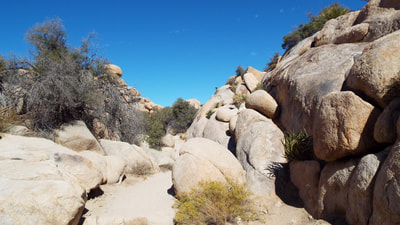





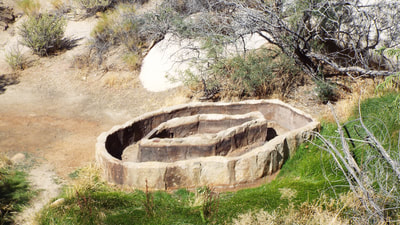


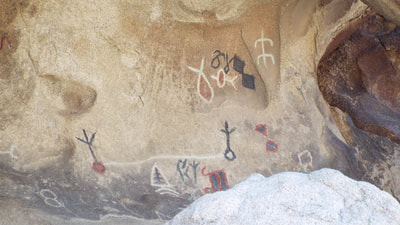
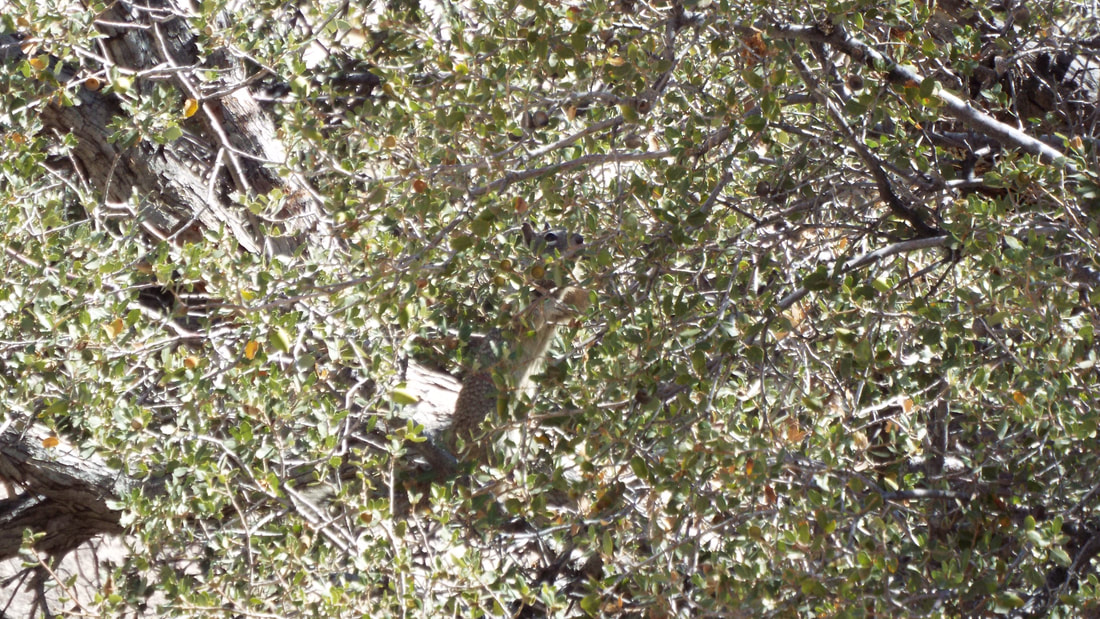


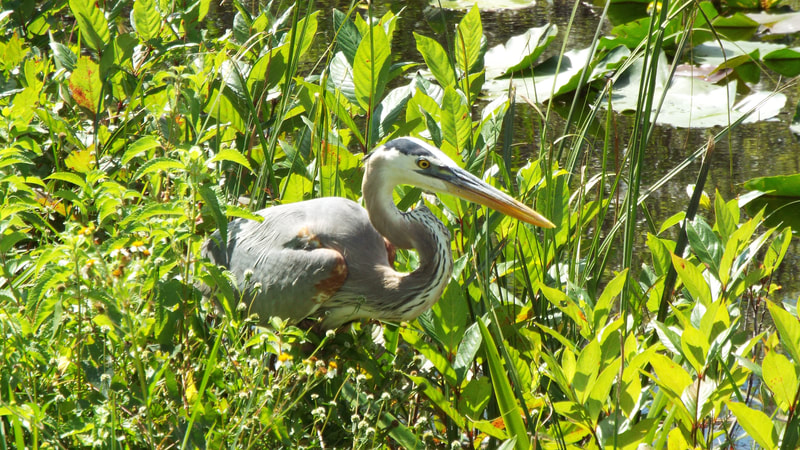
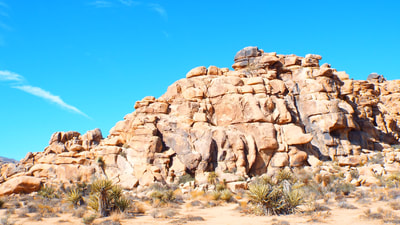









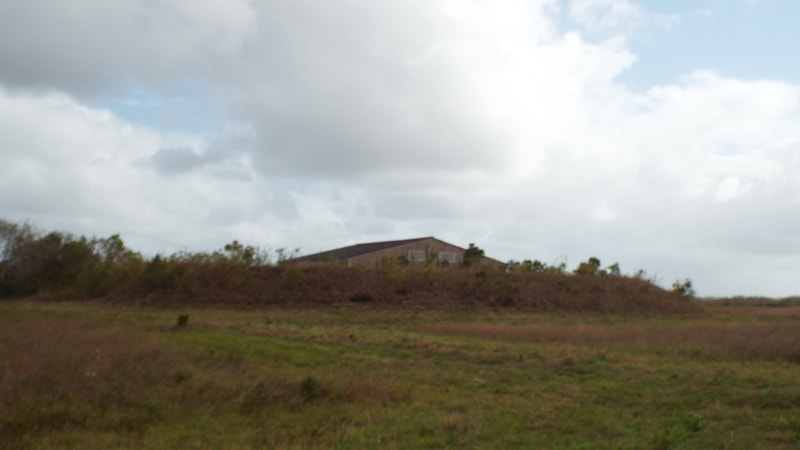




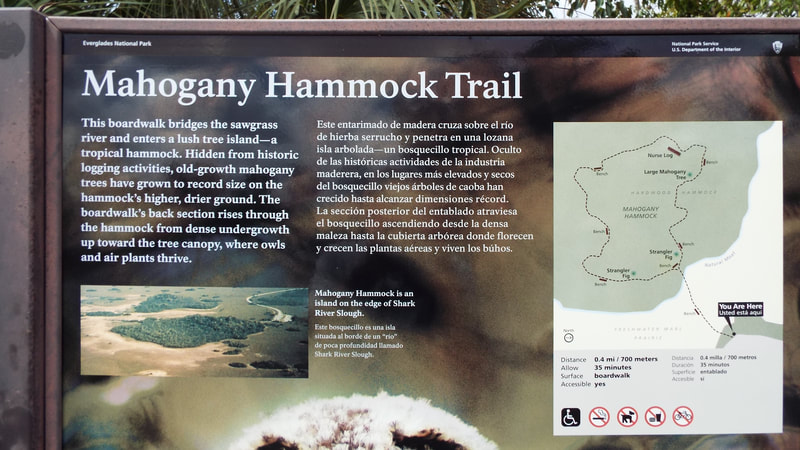



 RSS Feed
RSS Feed